|
While time at home has increased so has squirrel gazing 🐿👀. Over the past few months we have received photos and videos from across the country of squirrels people are seeing in their backyards! We really enjoy this, so please feel free to send us your squirrel photos and questions! 📸 We have had some exciting picture submissions from squirrel gazers that feature white squirrels. Last April we did a more detailed blog post describing the mystical and mysterious white squirrel. In today's post we want to share some of the photos people have so graciously shared with us recently and answer some of the questions they sent along with the photos. Pictured below are a pair of partially white eastern fox squirrels that were spotted recently in Southern Indiana by home squirrel gazer John Waidner 🐿👀🏡. These cuties are extremely interesting because not only are white squirrels rare, but white squirrels of the eastern fox squirrel variety are an even more rare occurrence in comparison to the eastern grey squirrel! And here Waidner spotted two in the same place! 🦄🐿 This extraordinary sighting left Waidner with some questions that we hope to help answer here! Are these squirrels albino?No! Although some squirrels are white due to albinism a condition that causes the complete absence of color pigment, these two squirrels are not albino. Albino squirrels can be easily distinguished by a lack of pigment in their eyes causing them to appear red. The fact that these two squirrels have brown eyes and some coloration in their fur means their white color cannot be attributed to albinism. Instead these indviduals have a condition called leucism which leads only to partial loss of color. What are the chances these two white squirrels are related? |
Proudly powered by Weebly

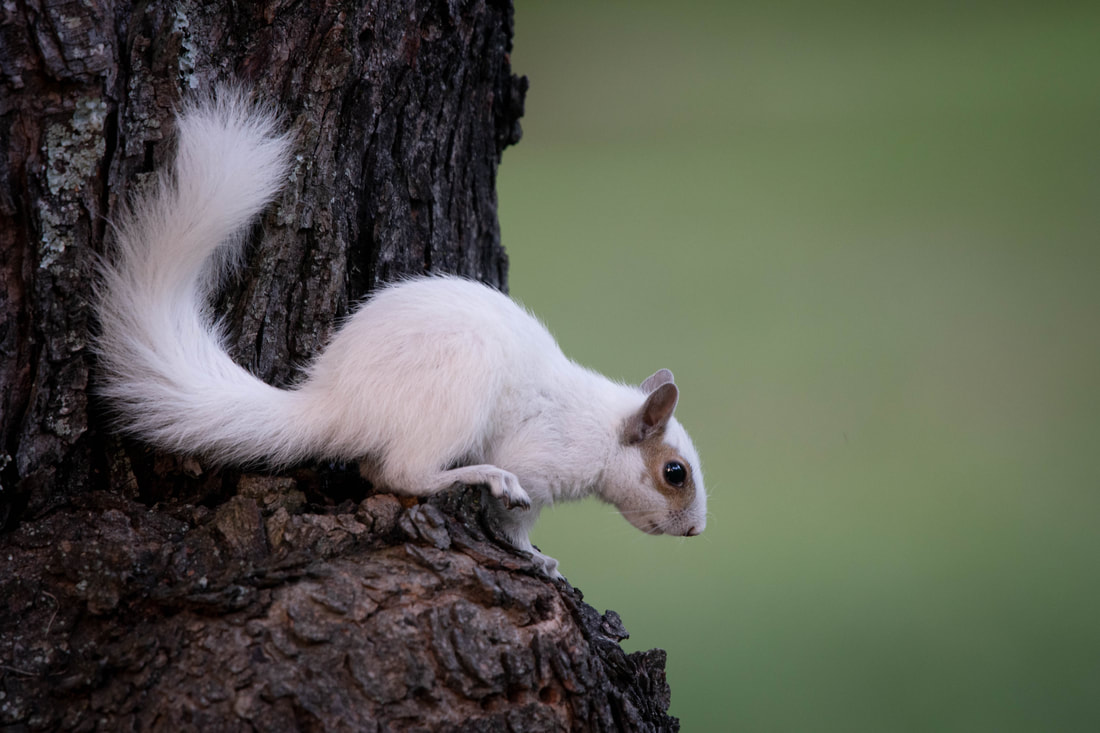
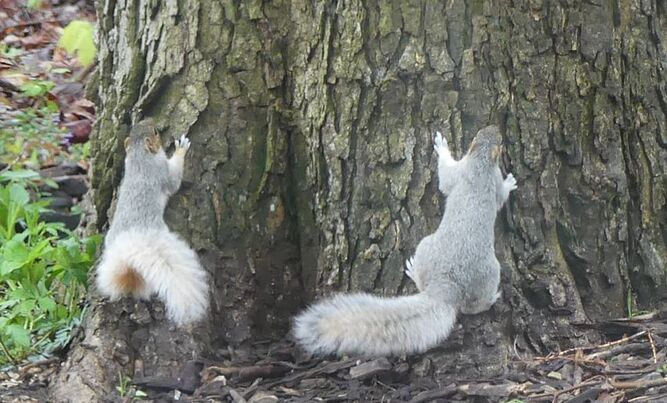
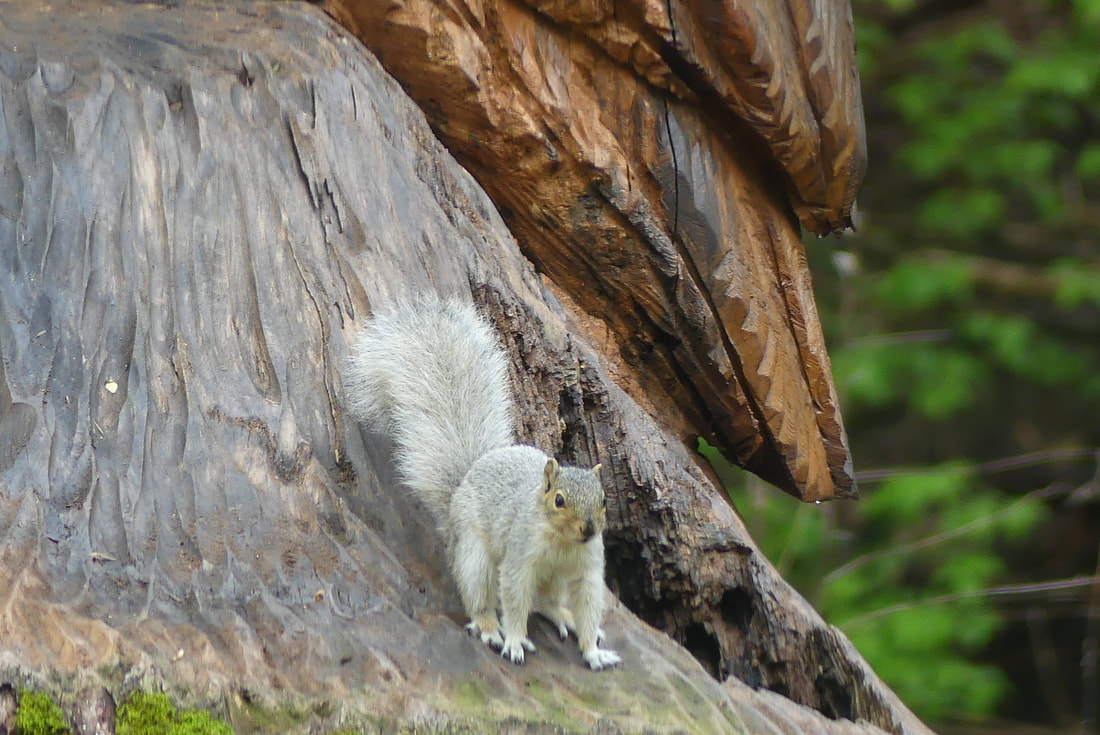
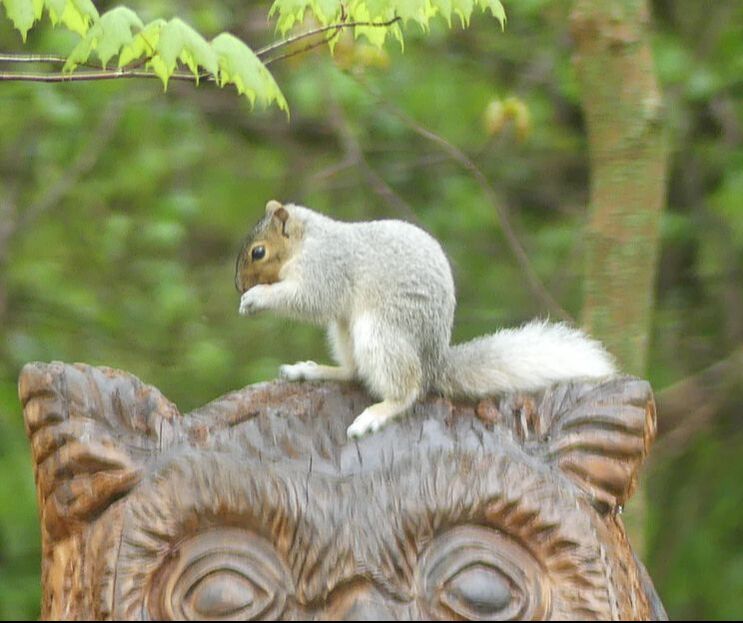
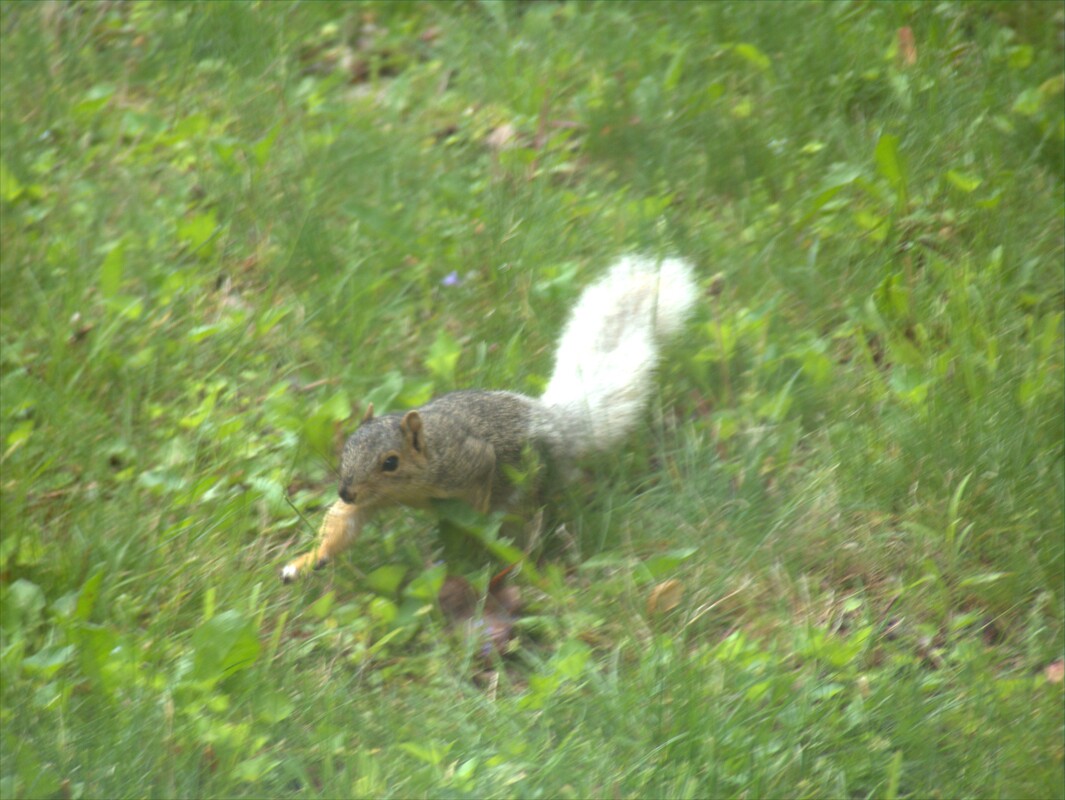
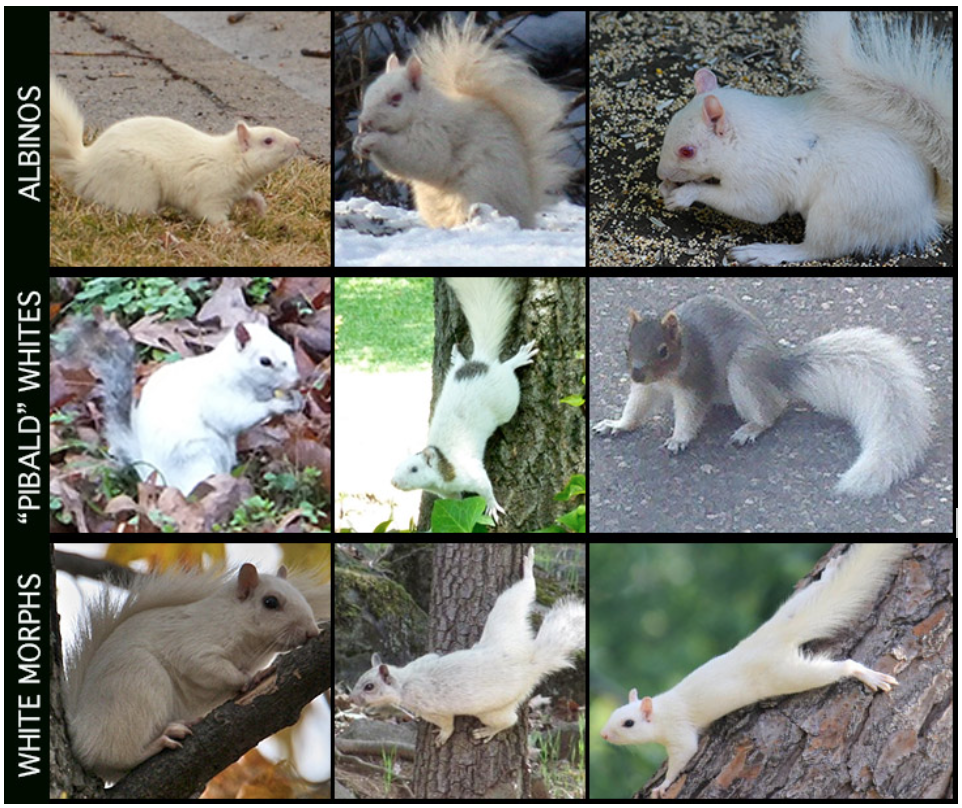
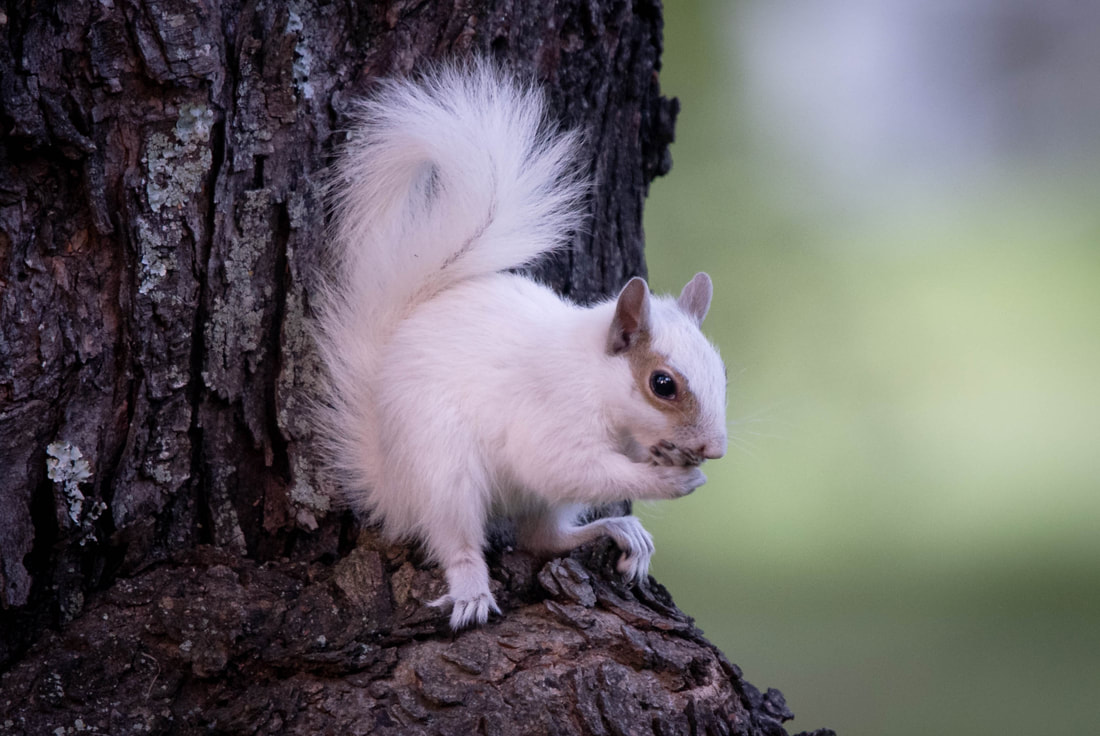
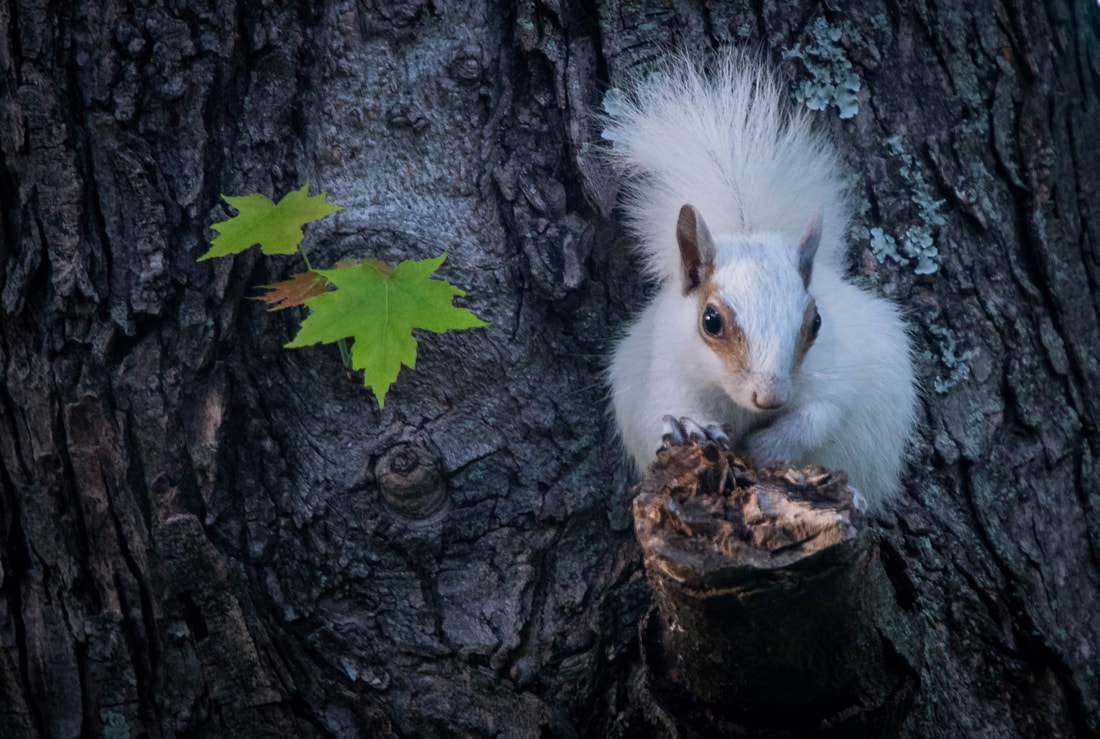
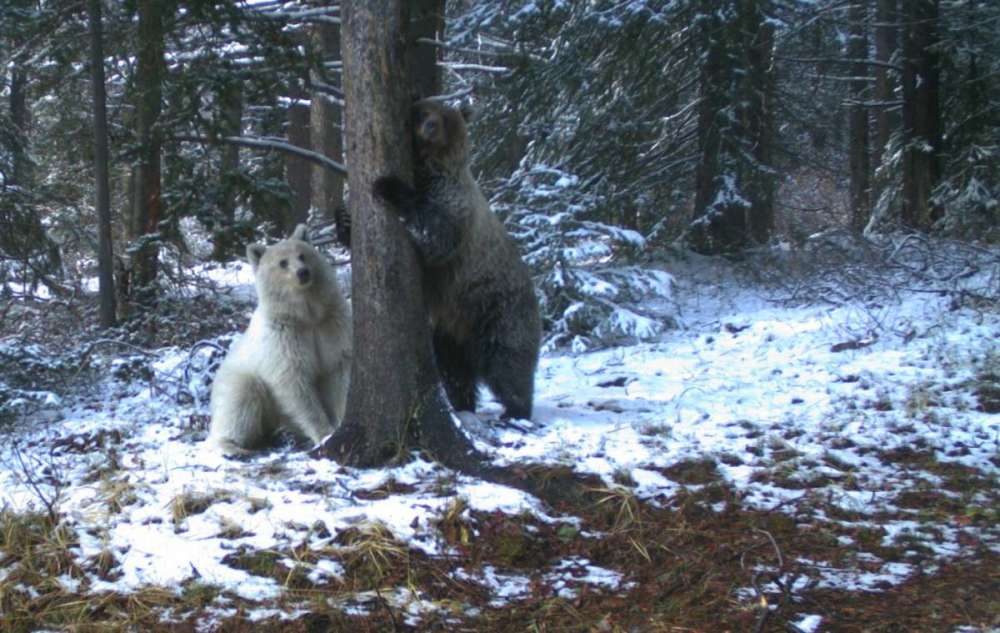
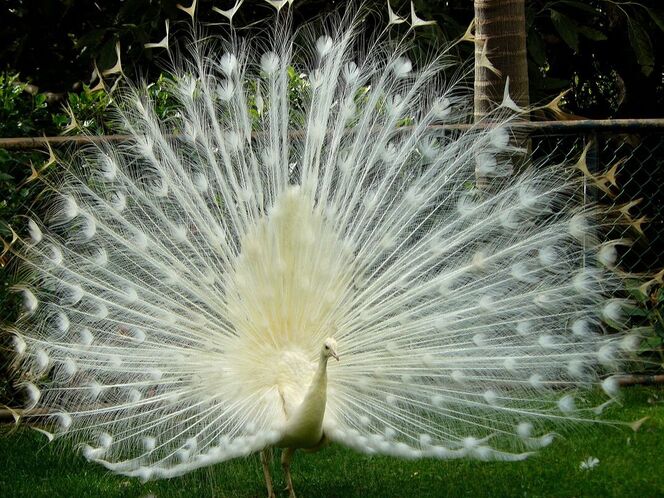
 RSS Feed
RSS Feed